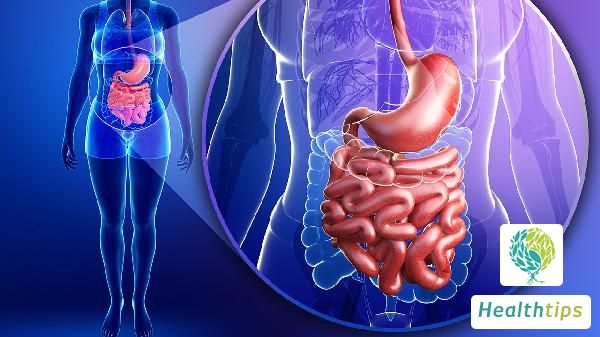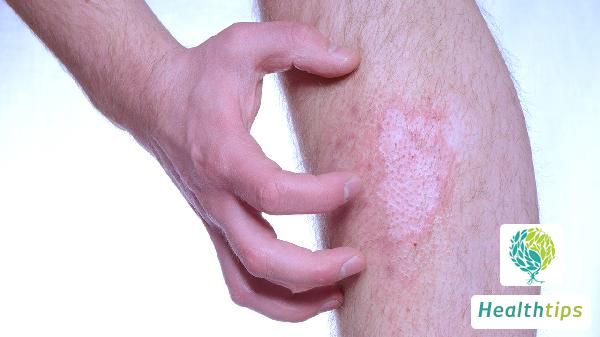What Is Lumbar Vertebral Endplate Inflammation and What Are Its Symptoms?
Lumbar Vertebral Endplate Inflammation

Many people do not have a specific understanding of lumbar vertebral endplate inflammation. Some patients may see this diagnosis on their MRI reports. This condition is primarily caused by chronic strain, resulting in a sterile inflammation that can be diagnosed through MRI examination. Prompt treatment is essential as it can have significant effects on one's health. Let's briefly delve into what lumbar vertebral endplate inflammation is:
1. What is Lumbar Vertebral Endplate Inflammation?
Endplate inflammation, also known as vertebral endplate inflammation, refers to osteochondritis of the vertebral endplate. It is often caused by degenerative changes in the intervertebral discs. There are various reasons for vertebral endplate inflammation, including age, old injuries, sterile inflammation, and long-term use of steroids. This inflammation is caused by sterile inflammation, external trauma, degenerative changes, and bone tuberculosis. Clinically, it manifests as low back pain and local effusion, which can lead to inflammation of the intervertebral discs, atrophy of the yellow ligament, and inflammation of the surrounding tissues.
2. Causes of Lumbar Vertebral Endplate Inflammation
Intervertebral disc degeneration is the most common lesion found in spinal MRI examinations. Degenerative changes begin in the youth, often due to water loss, leading to a decrease in disc height and diffuse bulging. As age progresses, degenerative changes in the vertebral endplate result in thinning, hyalinization, and fractures of the endplate, often causing significant pain in the neck, waist, and back.
3. Treatment for Lumbar Vertebral Endplate Inflammation
Modern medicine approaches the treatment of endplate inflammation from both conservative and surgical perspectives. There is considerable controversy surrounding surgical options, as research on the treatment of lumbar endplate inflammation has not identified any cases where endplate inflammation was treated solely, rather it is often associated with degenerative changes in the intervertebral discs that cause symptoms such as lower back pain. Conservative treatments mainly include traditional methods such as acupuncture, massage, internal and external herbal medicine, and local blockade therapy in Western medicine.



















